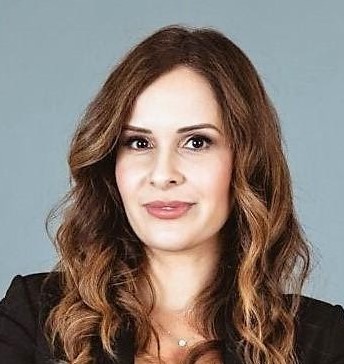 An odd thing happened during the COVID pandemic, but in hindsight the reasons seem unfortunately clear and obvious. Arlene Guzman Todd and others focused on women’s leadership in business saw with shock that the pandemic reduced the number of women in the workplace, particularly in key director roles. As the workplace returns from the pandemic, the number of women leaders and in key functions have dwindled, much of it due to having to choose between the traditional caretaker role, notes Arlene Guzman, and a career.
An odd thing happened during the COVID pandemic, but in hindsight the reasons seem unfortunately clear and obvious. Arlene Guzman Todd and others focused on women’s leadership in business saw with shock that the pandemic reduced the number of women in the workplace, particularly in key director roles. As the workplace returns from the pandemic, the number of women leaders and in key functions have dwindled, much of it due to having to choose between the traditional caretaker role, notes Arlene Guzman, and a career.
Women in particular were challenged on three fronts. Arlene Guzman Todd points out women are already handicapped by the fact that many have had to play the dual role of being the homemaker and career person at the same time, raising kids as well as running an eight-hour work day at the office. However, when the COVID pandemic hit, sending everyone home, including the kids from school, it created a third demand element on women: home teachers. For many women, that was too much. And, as Arlene Guzman Todd and others have seen in retrospect, working women made choices that reduced their presence in the office.
Including her own experience, businesswomen like Arlene Guzman Todd have historically had to push harder to achieve and retain leadership roles. Only in recent years with diversity pushes have the number of women in leadership grown notably, especially in the C-suite and executive ranks. In many cases, women have finally figured out how to strike a working balance, although tenuous, between raising a family and keeping on par with peers in a power-career role. However, interestingly enough, this balance had a critical reliance on schools. When COVID requirements forced schools to send kids home, it produced an additional factor that was never part of the balance, yet again pushing many women off-balance. As Arlene Guzman and others concluded, the fundamental role of raising children again handicapped career women.
Companies failed to provide alternatives as well, Arlene Guzman Todd notes. Since mothers and their kids were at home already, the issue of split demands seemed to be a personal matter. Already struggling with entire workforces suddenly telecommuting, many companies were unwilling to do more for women employees suddenly managing kids’ schooling as well. If women managers and workers couldn’t figure out something with their partners, they were out in the cold, according to Arlene Guzman Todd. No surprise, many chose family over the job.
Now, as the workforce is partially returning, women being encouraged to pursue and retain leadership positions matters even more. Arlene Guzman Todd and others in leadership guidance are even more pressed to convince women to keep pursuing key roles and business functions, and its an uphill battle. Fortunately, the job market is in the favor of employees, and the demand is high for anyone with the right skills. This silver lining, Arlene Guzman Todd notes, is a key saving grace for returning women employees or those seeking a career change. If they can’t return to their old role, there are plenty of opportunities for new paths right now. But how long, Arlene Guzman Todd asks, will that offset be available?
The fact that a public health impact had such a disparate impact on women in the workplace is notable and should be addressed by companies going forward instead of ignored. Companies have an opportunity to use COVID as an active lesson on how to prevent a similar impact to women going forward, Arlene Guzman Todd argues. And those businesses that act proactively will be at the forefront of protecting women’s equal opportunities in the workplace, particularly in leadership.